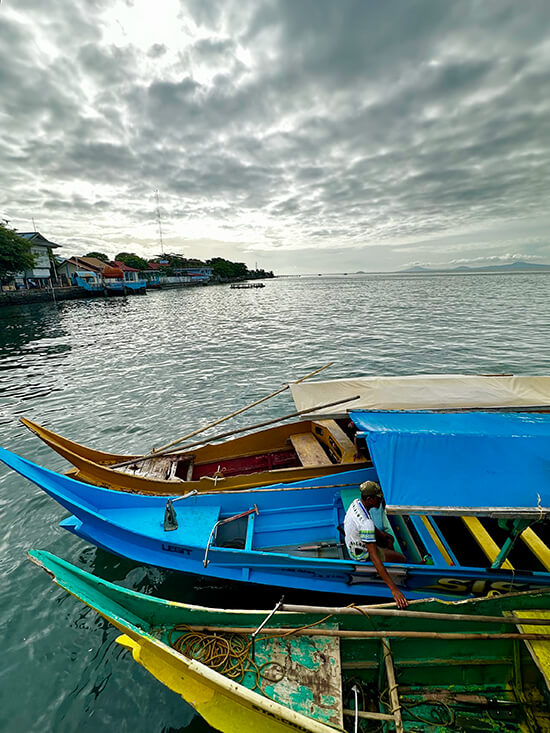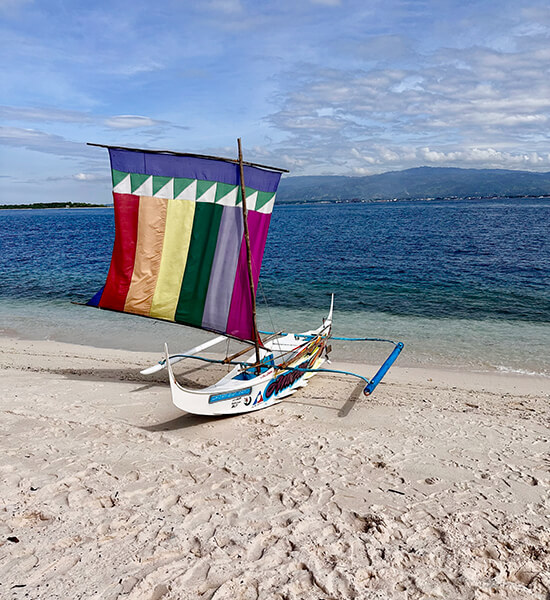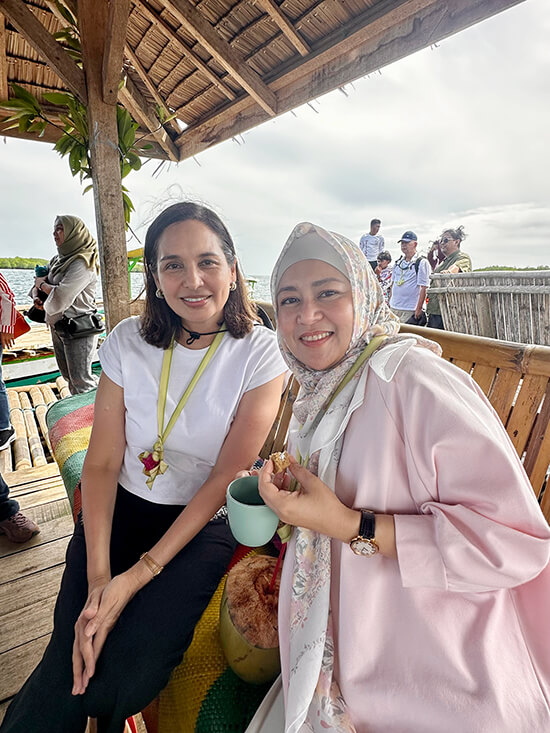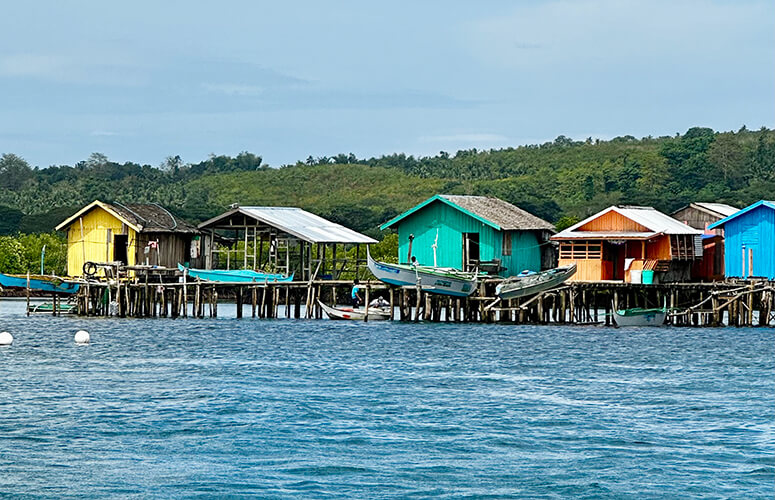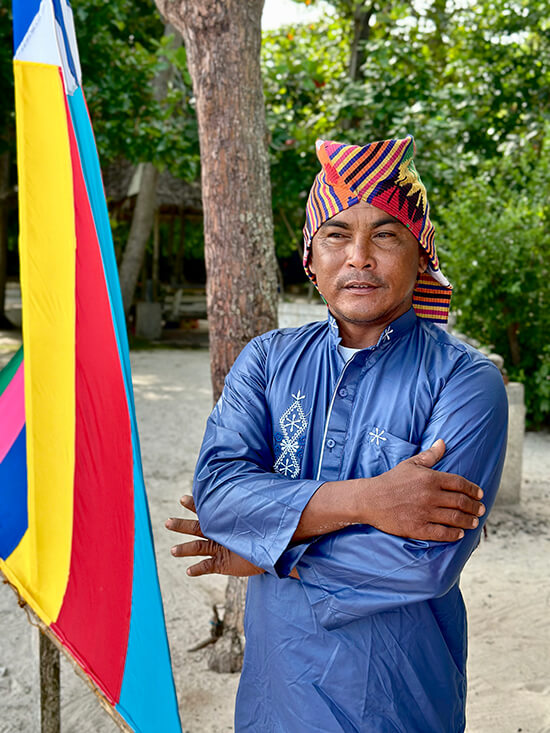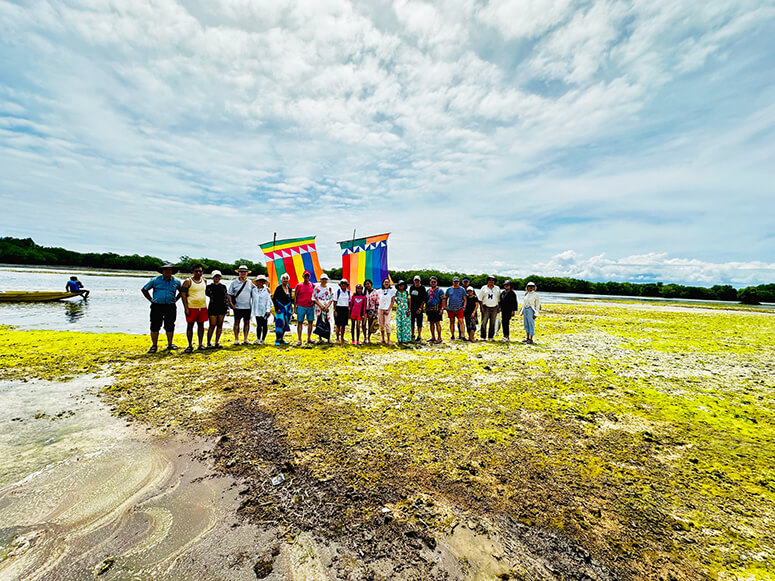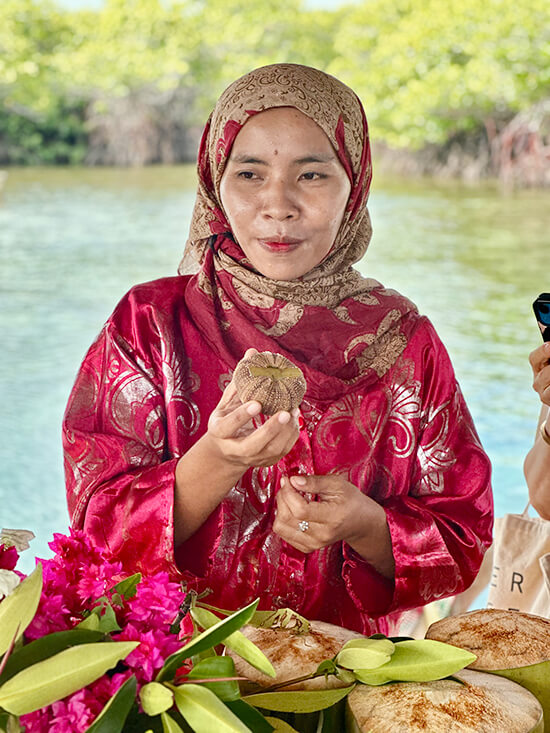The wild beauty of Zamboanga
In a previous article, a visit to the Zamboanga Peninsula found the author touring Zamboanga City together with the Philippine Map Collectors Society. The author continues the tour by exploring the pink sands of Great Sta. Cruz Island and the natural beauty of Isabela de Basilan.
Great Sta. Cruz island
Great Sta. Cruz Island lies on the Basilan Strait and is easily accessible via a 15-minute banca ride from the Paseo del Mar port in Zamboanga City. The island, which has one of the few pink sand beaches in the world, and the only one in Southeast Asia, is also a marine reserve and wildlife sanctuary.
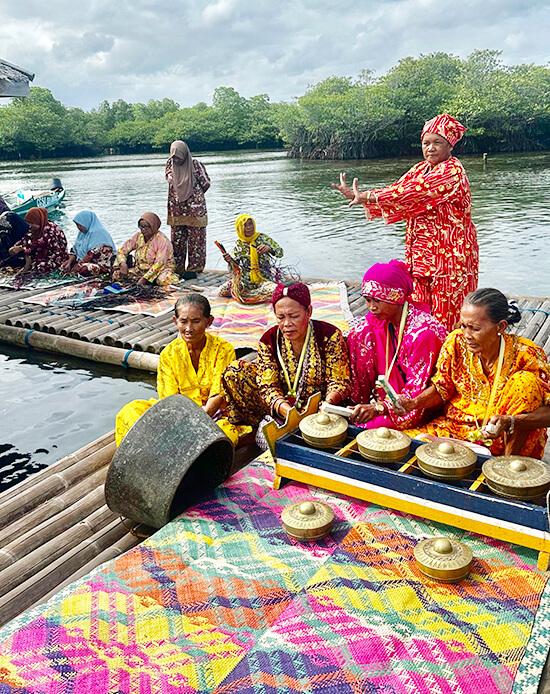
The pinkish hue of the sand is caused by the surf-crushed red pipe organ coral which mixes in with the naturally beige-toned beach sand; though coral reef destruction has lessened the pink hue of past decades. Since the island was declared a Protected Area in 2000, which protects the island’s unique marine and coastal ecology, stricter environmental care measures are in place. A compulsory orientation for visitors to the island at the Zamboanga port emphasizes that no single-use plastics are allowed on the island, and visiting hours are limited from 7 a.m. to 2 p.m., with a daily maximum of 300 persons.
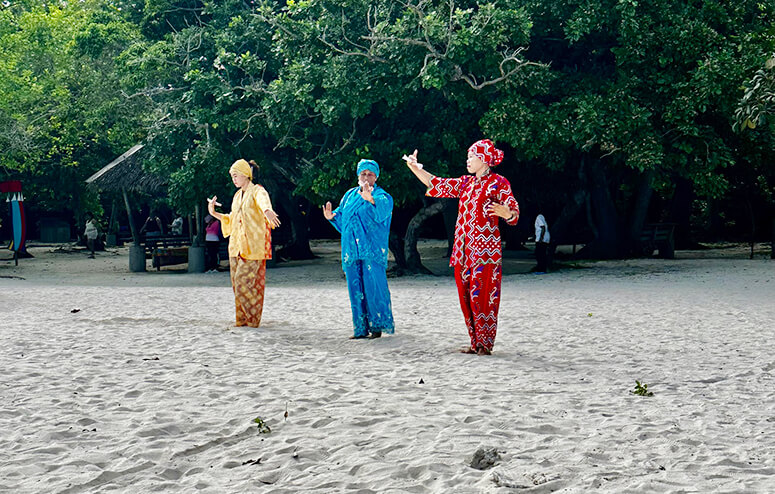
As we approached on motorized bancas, we were met with the slightly surreal sight of a group of women in brightly colored costumes, swaying and dancing on the sands the traditional pangalay or “fingernail” dance of the Sama Bangingi indigenous people who populate the island. We spoke to their leader—called panglima—who related how his grandfather decided to leave their group’s traditional ground and settle on the island, in pursuit of a more “peaceful” life. Great Sta. Cruz Island lacks a potable water source, which probably explains why it was previously uninhabited. Thus, a problematic time for the islanders is when inclement weather strikes and the sea channel is impassable, cutting off their regular supply of basic needs from Zamboanga. In such times, they rely on stored water and food gathered from what he called the “lagoon.”
Mangrove park
The lagoon he referred to turned out to be the most tranquil and verdant mangrove park, spanning almost 200 hectares. As we paddled through the calm shallows on small yellow boats, we learned from the very knowledgeable and engaging Department of Tourism-trained tour guide about the complex and environmentally vital role of mangroves and the myriad creatures that inhabit it in the marine ecosystem. We easily spotted white cranes, and were able to touch the stingless jellyfish dotting the seabed.
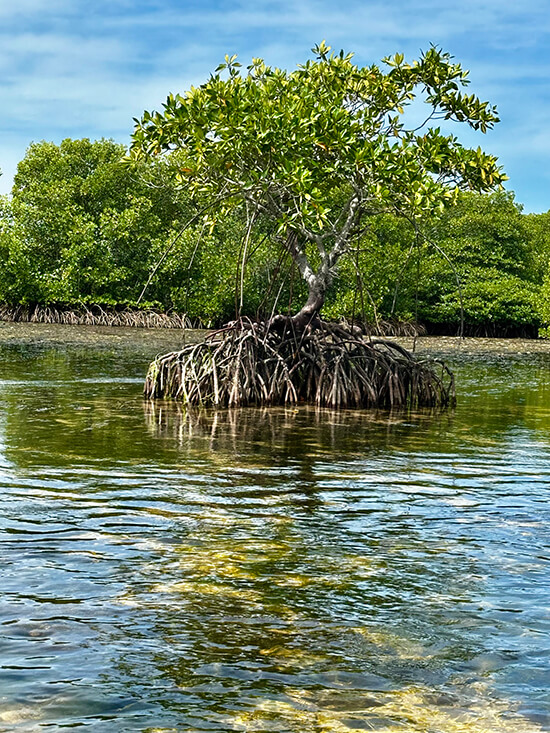
After beach walks, swimming, and a simple seafood lunch on the island, we headed back to Zamboanga. As we approached the Zamboanga City coastline, I noticed that our hotel appeared to be one of the larger structures in the city by the sea, set against an expansive backdrop of deep green mountains, bringing home to me the untouched nature of Zamboanga’s natural surroundings.
The following day, we took a fast craft—small vessel with a powerful engine—to once again cross the Basilan Strait to visit Isabela, one of the cities of Basilan, specifically its natural beauty spots.
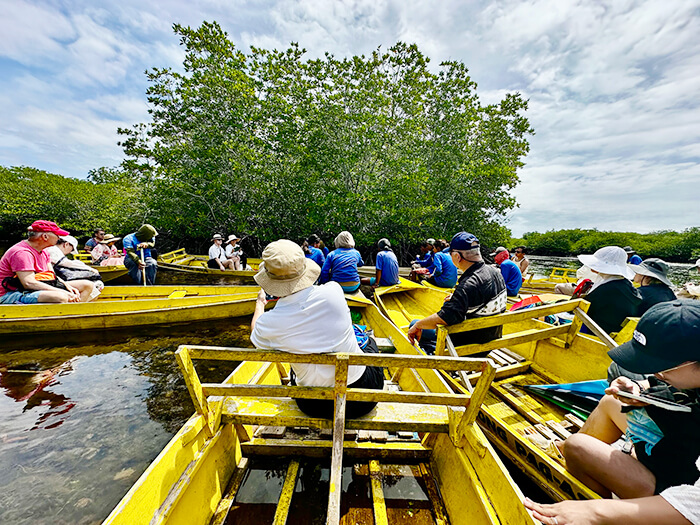
Colloquially called “Isabela de Basilan” (to distinguish it from Isabela in Cagayan, Northern Luzon), the city is located at the northern tip of Basilan facing Zamboanga City across the Basilan Strait. Culturally and geographically associated with Zamboanga, it is significant to note that Isabela was the only municipality (out of six) in Basilan Island that voted to opt out of the Bangsamoro Region in Muslim Mindanao, the political organization governing the autonomous region, choosing instead to remain part of the Zamboanga Peninsula Region.
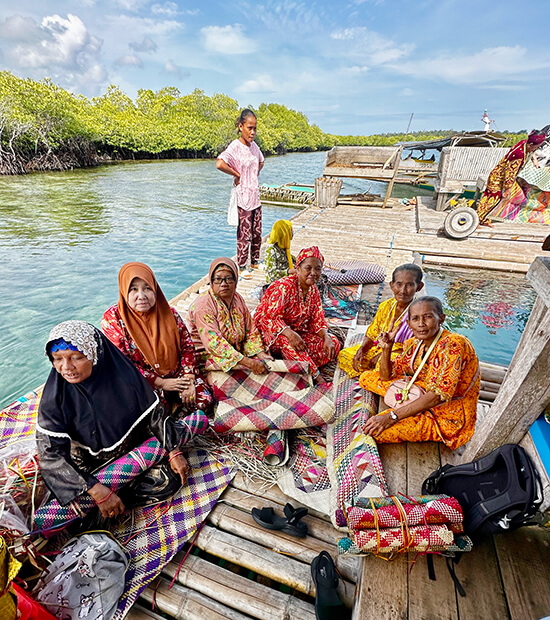
The journey across the strait took 40 minutes. Greeting us at the port area were our hosts, local government officials and Mayor Sitti Djalia Turabin Hataman, known as Mayor Dadah, whom we had met previously when she gave a talk on Basilan’s heritage and culture to PHIMCOS. Mayor Dadah was instrumental in guiding Isabela to become the first ISO-certified local government unit in the Zamboanga Peninsula, as well as receiving the region’s only City Seal of Good Governance awardee in 2023. Isabela’s tourist numbers jumped from 30,000 in 2023 to 300,000 in 2024.
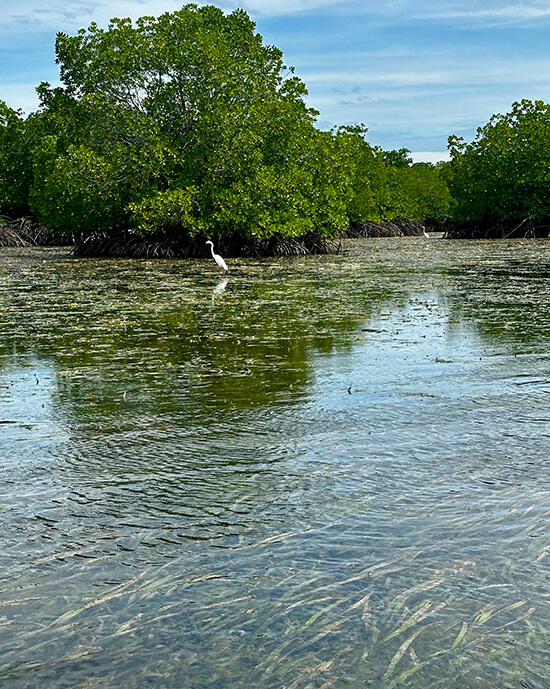
Sign of progress
Another sign of the progressive nature of the Isabela government was their initiative to preserve their cultural heritage by building a museum under the aegis of renowned museum-builder, Marian Pastor-Roces, who also joined our group visit. We saw the soon-to-be completed museum on the port, and were told of plans to build other museum outposts in the areas that distinguish Basilan—rubber plantations, mountains, sea and forest.
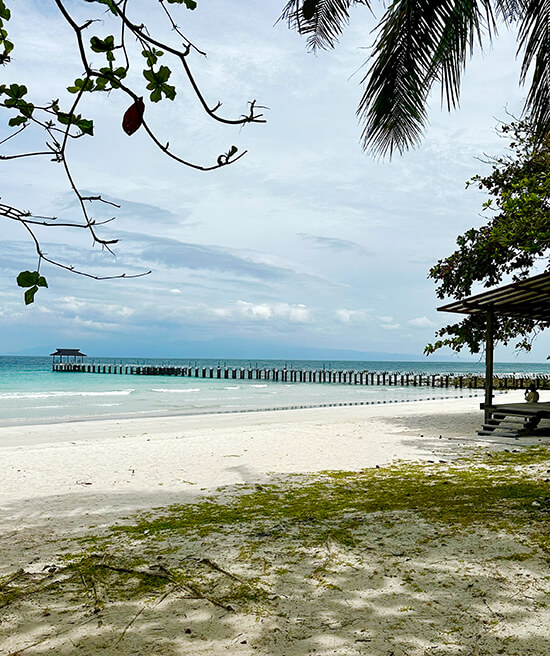
We transferred onto bancas to head towards the smaller Malamawi Island to visit the Marang-Marang mangrove area where we disembarked onto a series of floating bamboo raft structures. Welcoming us were colorfully attired women from the Marang-Marang Women’s Association. We were treated to the igal, a traditional dance of the Sama-Bajau, performed to the beat of the kulintang and agung (a large gong). On another bamboo raft, weavers from the Bajau Women Weavers Association of Tampalan worked on a few mats and offered the others for sale. A central table under a roofed floating bamboo platform was laden with unique heirloom dishes of the Sama and Tausug, which were explained to us with pride and in great detail.
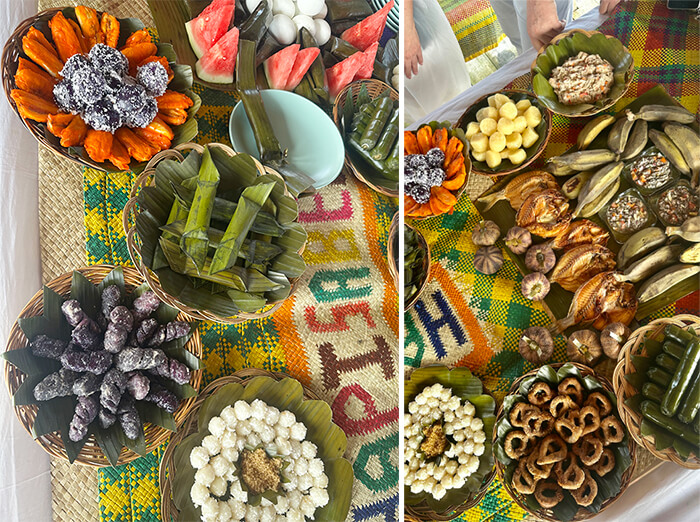
After visiting the floating bamboo cottages, we headed by land to the Pahali White Beach Resort on the northern coast of Malamawi. Here, we encountered a stunning, long, white sand beach, hardly populated, with a long pier jutting out into a beautiful vista of the Sulu Sea. A large pavilion nearby was the setting for a seafood buffet of which the stars were large lobsters, a gift from Basilan Governor Mujiv Hataman, husband of Mayor Dadah.
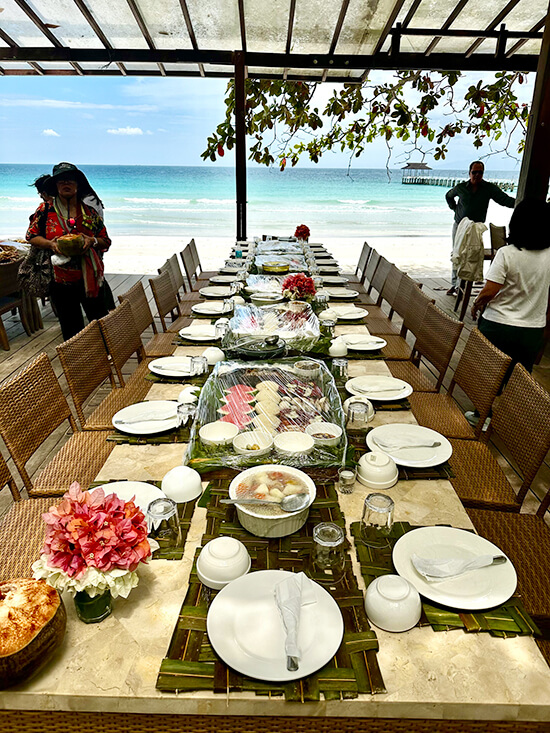
We would have wanted to stay longer into the late afternoon but soon had to scramble to head back to the Zamboanga City port before the afternoon waters of the Basilan Strait turned choppy. As it turned out, they were already choppy but this didn’t faze our daredevil of a boat captain who seemed to be in a race to the finish with the other boats. Our high-speed ride, with the wind and water in our faces, was a fitting final note to our visit—an expression of the wild, natural beauty of the Zamboanga Peninsula.


